Types of Plastic That Can Be Recycled at Work
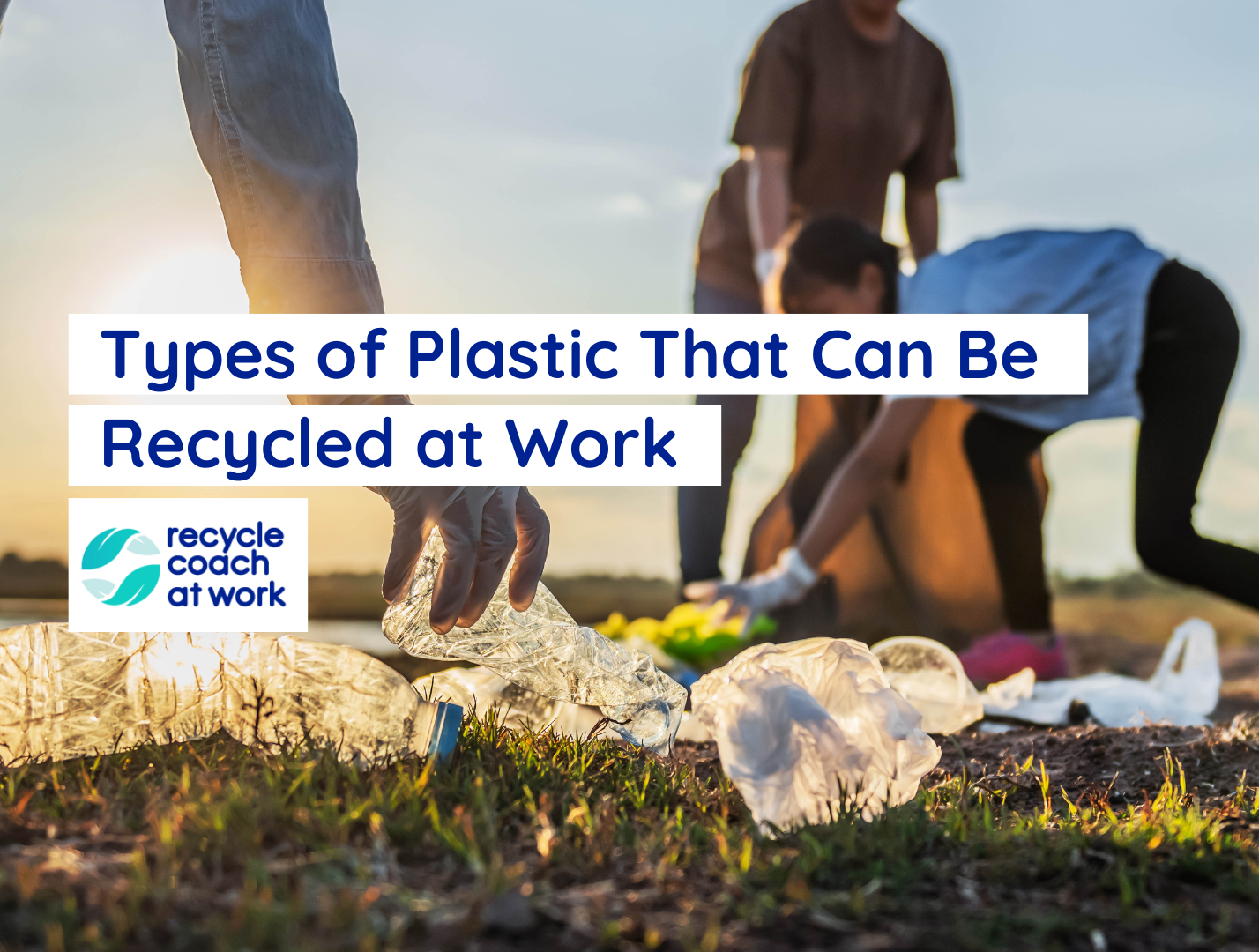
What are the types of plastic that can be recycled in the workplace?
There are seven main plastic types that we’re going to look at today, along with how recyclable each of the variants are. Knowing what can and what can’t be recycled at work is key to formulating strong green policies. These ensure that only recyclable plastic ends up in your recycling stream.
Last year the US saw a devastating increase in plastic production, thanks to the outbreak of the novel coronavirus pandemic. With such a rapid increase, workplaces across North America will need to tighten up their plastic recycling practices to combat the influx of these materials.
If you and your team are dedicated to sustainability and stemming the plastic tide threatening our natural world – this is one post you’ll want to bookmark for later reference.
Here are the seven main types of plastic, examples of them in the workplace – and how each either can or cannot be recycled. Let’s make 2021 the year of better plastic recycling practices!
Reading Resin Identification Codes (Plastic Recycling Symbols)
Have you ever stood at the recycling bin after lunch at work, and scanned your plastic container for evidence that it can be recycled? You probably spotted the resin identification code – also called an SPI symbol. These are numbers 1-7 surrounded by the 3 recycling arrows we all know and love.
But wait! What do they mean?
The Society of Plastics Industry (SPI) made these codes to help recycling plants (and recyclers) better understand how the plastic the item is made from can be recycled. The codes aren’t meant for consumers, and they’re definitely not a big ‘yes!’ the plastic is recyclable!
That’s a classic case of wishcycling. These codes only identify the plastic the container is made from. Whether they can be recycled or not, really depends on the recycling program you have at work. The next time you see a code, you’ll have greater insight into what plastic your item is made from.
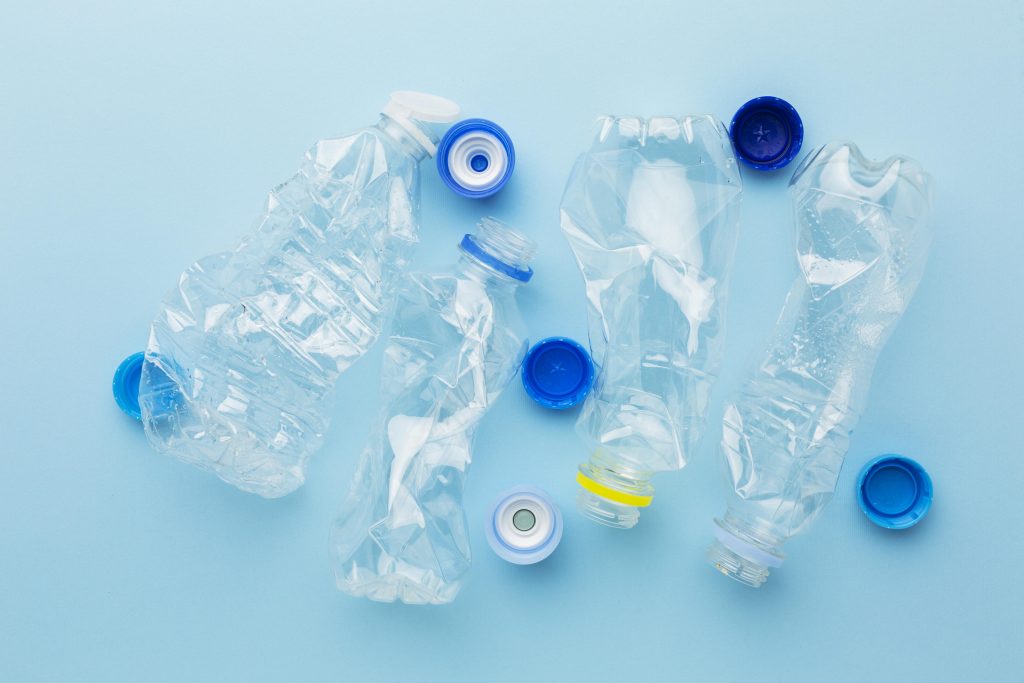
#1: PET and PETE Plastic
Polyethylene Terephthalate, or PET for short, appears often in the lunchroom canteen in the form of water bottles, condiment bottles and other small containers used for food storage.
It’s highly recyclable and a lot of curbside recycling programs accept #1 code plastics.
This type of plastic is easy to identify because it’s usually clear and thin – and it holds its shape well. It’s high value and 100% recyclable – so items made from this plastic can always be recycled. All you need is to give them a good rinse and remove the cap before depositing them in the recycle bin.
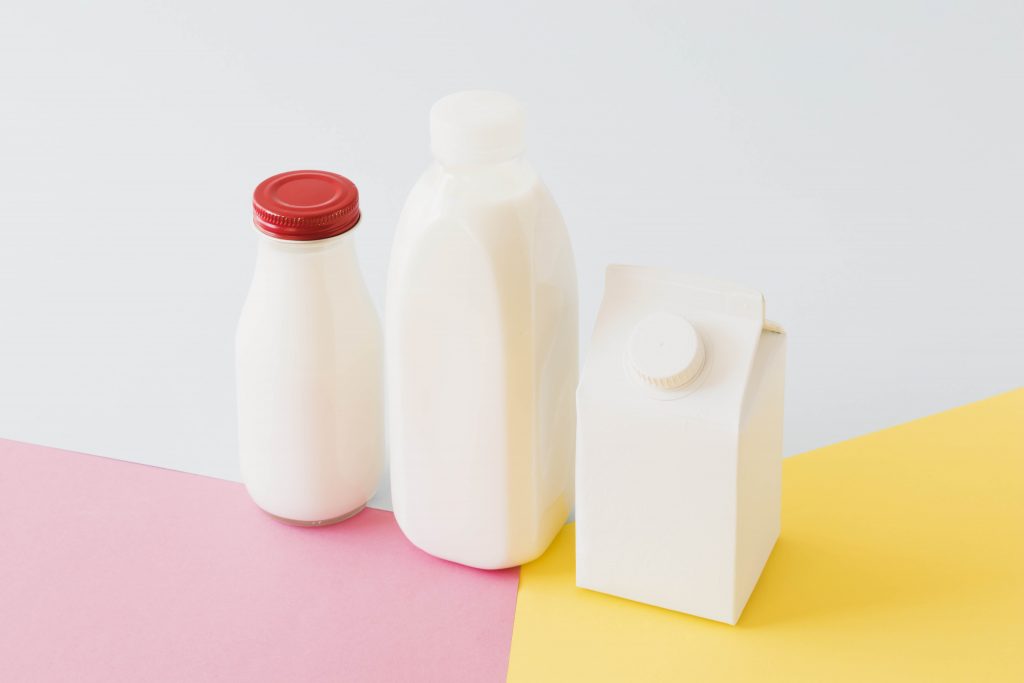
#2: HDPE
High Density Polyethylene, or HDPE for short, is the safest type of plastic so it’s often used in long-term food storage. You’ll find it at work in your milk cartons, plastic stationary, general cleaning product containers and yogurt tubs with the clear #2 designation.
This thicker kind of plastic doesn’t leach, and it’s highly recyclable.
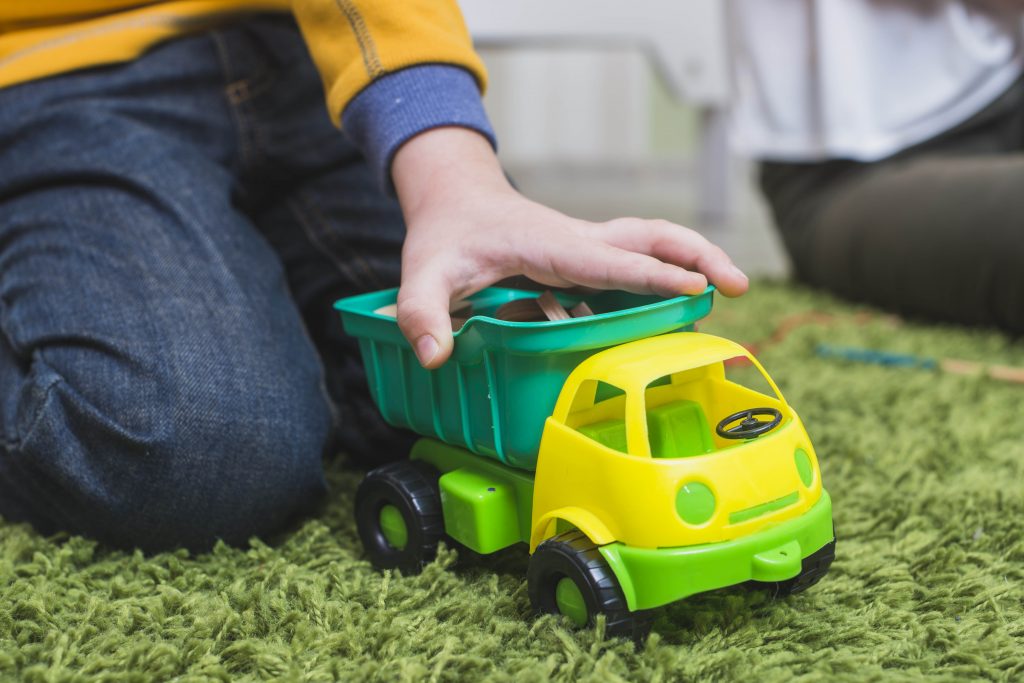
#3: PVC or V
Polyvinyl Chloride, or PVC for short, is a common plastic that has been widely used since the 1800s. You’ll find vinyl in the cafeteria and around you at work – in cling wrap, bottles, your bank cards, kids toys and building pipes/insulation. It’s not safe for food proximity and makes crinkly noises.
PVC can only be recycled through specific programs, so check if your workplace has one.
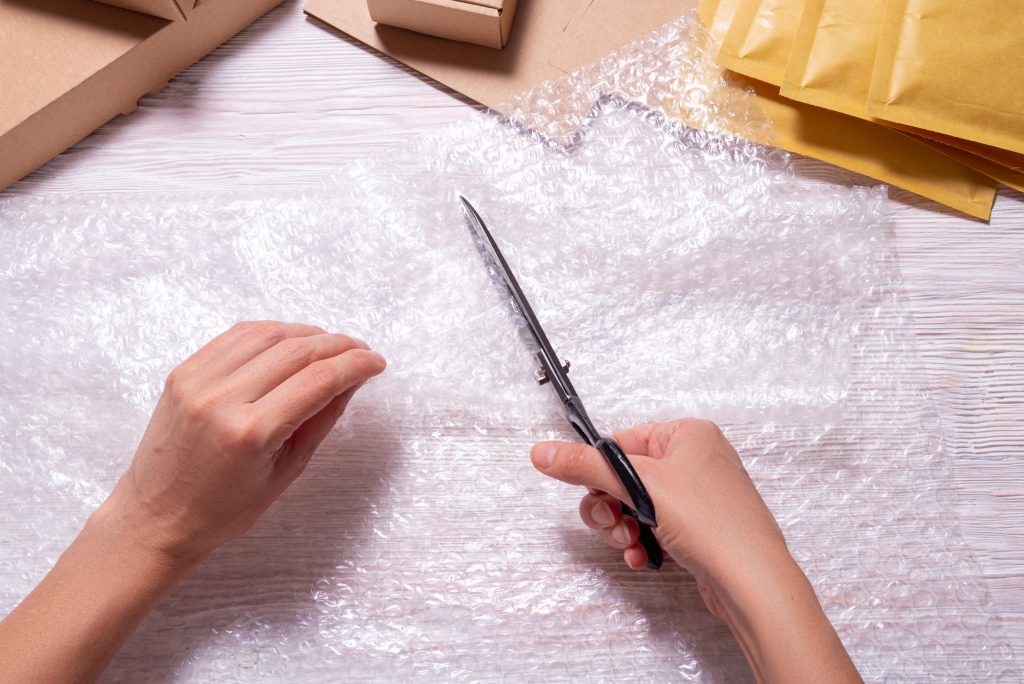
#4: LDPE
Low Density Polyethylene, or LDPE for short, is a flexible and easy-to-tear plastic that you’ll see used at work for food wrap, in the form of cling film, plastic bags, bubble wrap and wrappings of all kinds. This plastic is easy to mass produce, but difficult to recycle – and it breaks recycling conveyor belts.
While clean and safe, this plastic can only be recycled through special programs.
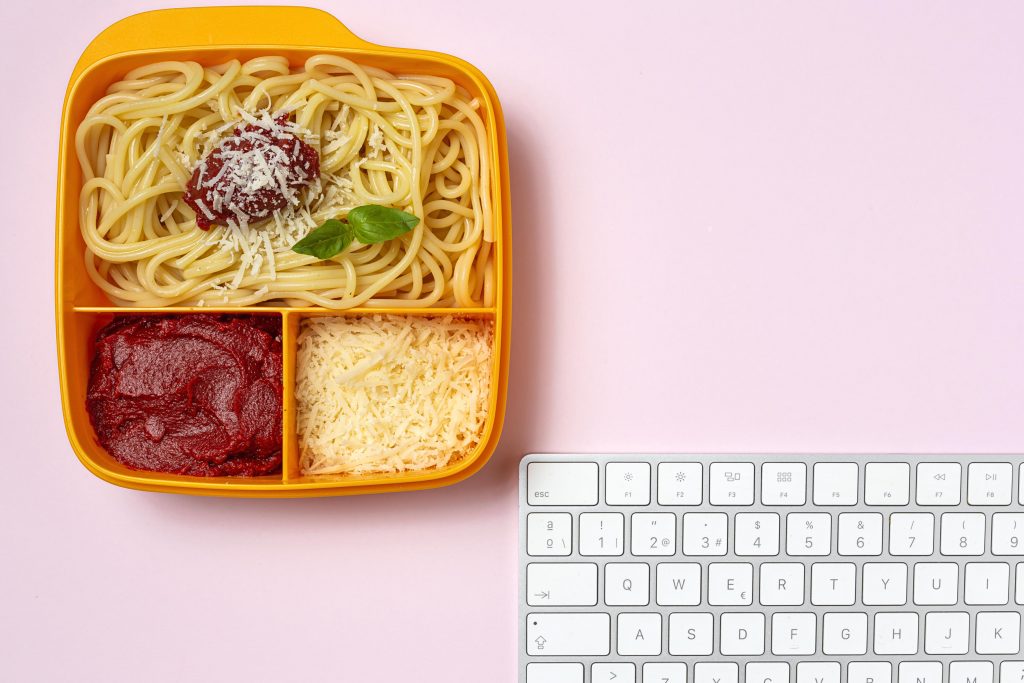
#5: PP
Polypropelene, or PP for short, is another safe type of plastic used in an enormous range of products. You’ll find this plastic at work in everything from bottles, Tupperware, ice trays and tabletops – to car parts, cables, jar lids and margarine tubs. It almost always ends up in the landfill.
This hard plastic is only accepted through select programs and is rarely recycled.
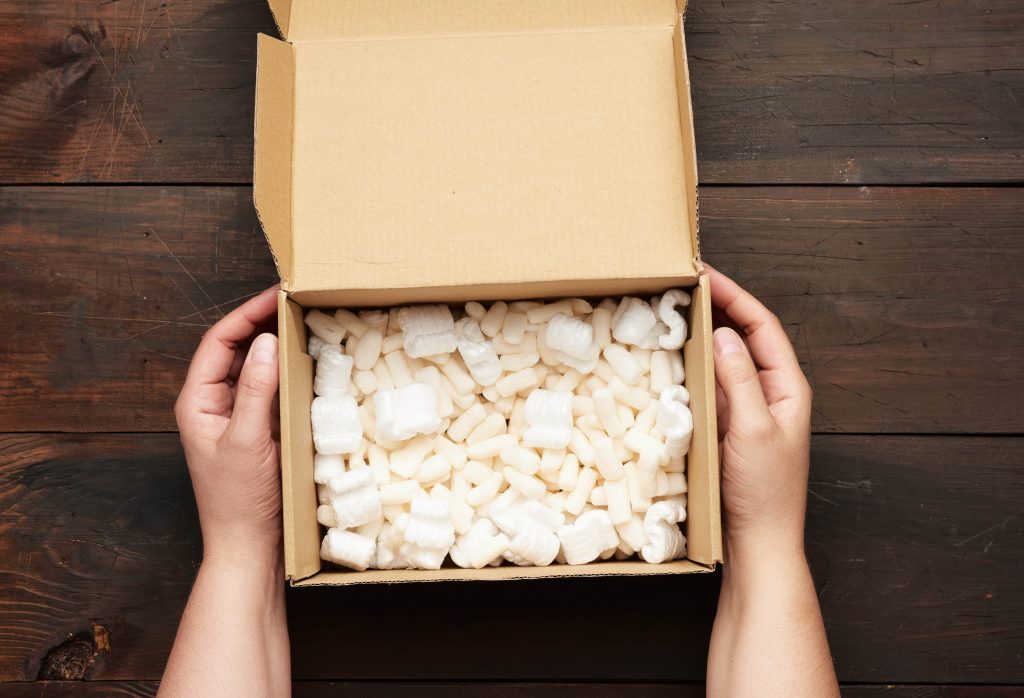
#6: PS
Polystyrene, Styrofoam, or PS for short, is a big workplace plastic faux pas. Found in packaging, wrappings, egg cartons and disposable utensils – PS is harmful and leaches chemicals. It’s not recyclable in an average curbside program and is rarely recycled at all.
A plastic to be avoided if possible or recycled through a specialized program only.
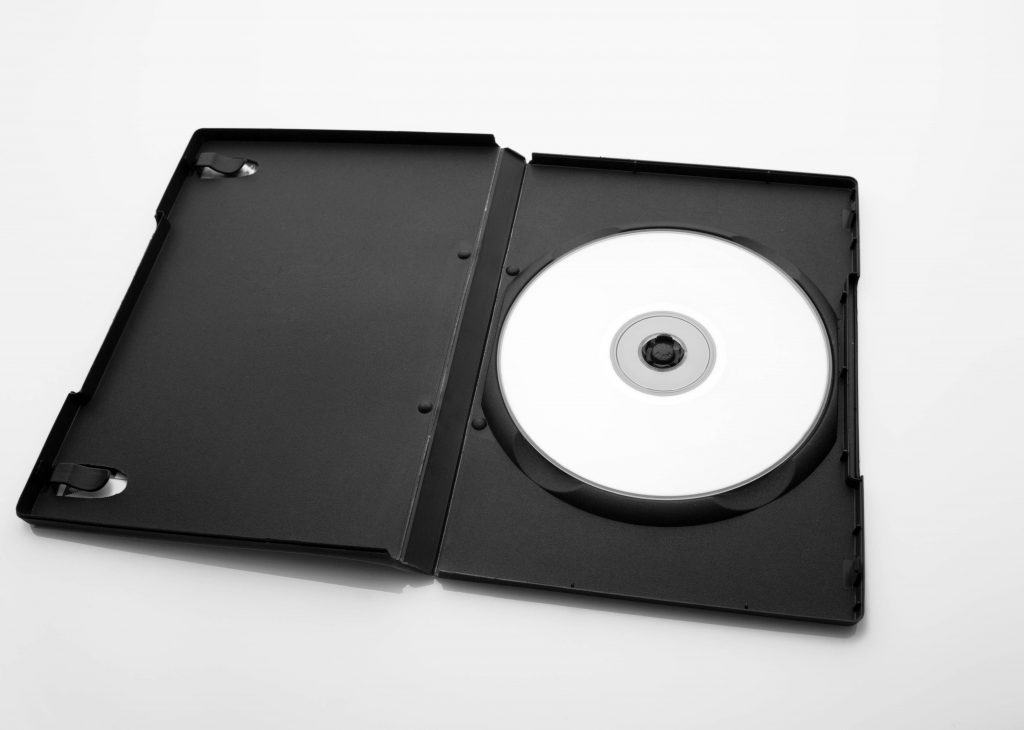
#7: Other
There are many other types of plastic used in the workplace that don’t fall into the above 6 designations. These will be #7s. You’ll find them in a variety of products – like wiring, computer cases, baby bottles, DVD cases, even spectacle frames. When stressed they usually snap.
Other plastics are not typically recyclable and contain harmful chemicals.
As a rule, these types of plastics depend on the recycling programs that your workplace belongs to. If you only use curbside pickup, generally number #1 and #2 plastics will be recyclable. Everything else needs to be recycled separately if possible.
Remember it’s so important not to wishcycle any plastics beyond #3, or they could contaminate the entire load of recycling you’ve collected at work. Keep bad plastics out of your recycling in 2021.